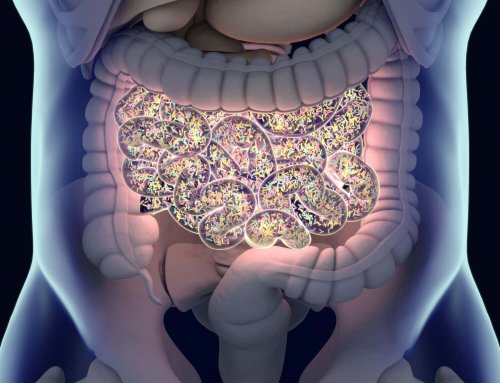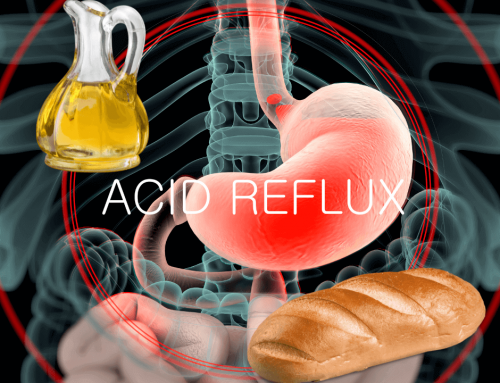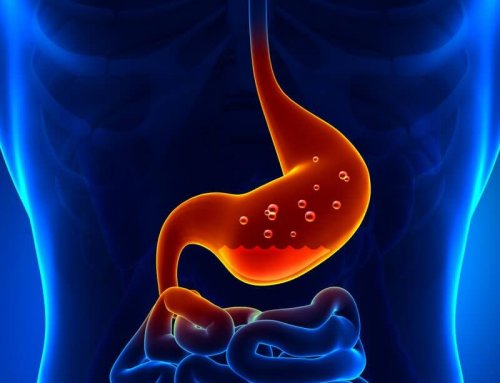Last June, Boston sports fans were shocked by sudden news of the right handed pitcher, Clay Buchholz of the Red Sox being hospitalized for five days at Mass General Hospital. Clay suffered from inflammation of the esophagus (esophagitis) that was severe enough to cause significant bleeding requiring two and half days in intensive care and three to four pints of blood. Clay indicated in his interviews that no one has been able to figure out the real cause in his case.
The most common cause of esophagitis is underlying chronic acid reflux or GERD (gastro esophageal reflux). A relatively high number of people diagnosed with esophagitis also suffer from gastroesophageal reflux disease (GERD). The reason is that chronic acid reflux can damage the lining of the esophagus (esophagitis). In severe cases, esophageal ulceration from reflux can lead to bleeding.
This story caught my attention as I have been studying and publishing on reflux esophagitis. Given the connection, I sent Clay my new book on acid reflux, Fast Tract Digestion Heartburn. But as I read about Clay’s specific situation, I became aware of another major risk factor that may have ultimately been responsible for Clay’s hospitalization, the drug Toradol – the brand name for ketorolac tromethamine.
Although Toradol is nonnarcotic and not a banned substance, the risk factors of this drug deserve much more scrutiny that is currently being applied.
A Gordon Edes ESPNBoston.com article reported that Clay had been taking nonsteroidal anti-inflammatory pain killers including ibuprofen and Toradol. A sports blogger named William Tasker wrote an excellent article about the side effects of Toradol suggesting that this drug may have caused Clay’s condition. Further, Tasker suggests that Toradol may be a sports drug of abuse putting player’s health at risk.
Interestingly, the side effects for Toradol include esophagitis, bleeding, dizziness and weakness. These side effects are similar to symptoms reported by Clay when he was hospitalized and include the condition for which he was ultimately diagnosed with, esophagitis. The risk of bleeding, found in one to three percent of people taking the drug, relates to drug’s inhibitory effect on blood clotting. The bleeding risk is increased with higher doses or when used for longer periods of time (more than five days for tablets, more than two days for IV infusion). While Clay indicated that he was using the drug, the dose or frequency of his use is not clear.
One thing is clear. Toradol is associated with potentially serious health risks. Because of the side effect of bleeding, England restricts the use of Toradol to hospitals and other countries have banned the drug entirely. Garcia, Rodriquez et al. determined that people who used Toradol had five times greater risk of upper GI bleeding requiring hospitalization compared to non-users.
The FDA requested a boxed warning on Tarodol to include the risk of life-threatening GI bleeding. The warning states: “Increased risk of serious GI adverse events including bleeding, ulcer, and stomach or intestine perforation, which can be fatal; may occur at any time during use and w/o warning signs.”
Despite the risks, Toradol’s use in baseball may be pervasive. A New York Times article by Ken Belson and Mary Pilon last April reported that “The medical staff member of a major league team who spoke on condition of anonymity said Toradol was first used by baseball players about a decade ago and quickly soared in popularity. At one point, perhaps two or three of a team’s five starting pitchers used Toradol regularly.
Other studies have shown that Toradol has become a serious issue in football. Most football teams use Toradol regularly. Chicago Bears middle linebacker Brian Urlacher (see ESPN article) admitted during an HBO “Real Sports” interview with Andrea Kremer that he used Toradol.
Recently, the National Football League Physician Society published new recommendations for Toradol use in the NFL, but it might be too late for some. Ken Belson reported in a New York Times article last December that a dozen former NFL players are suing the league and its teams for repeatedly administering Toradol before and during games, worsening high-risk injuries like concussions.
I can’t state definitively that Toradol was responsible for Clay Buchholz’s esophagis and hospitalization, but he has used Toradol and Toradol carries a risk of the very condition he experienced. Hopefully, team doctors will limit the overall use of this drug, its dosage and frequency and also make the serious risks associated with Taradol blatantly clear to players before administering it.
Even if Toradol was the major risk factor in this case, repeated acid reflux can lead to esophagitis and exacerbate existing esophagitis. Controlling reflux with either low carb dieting (Heartburn Cured) or the Fast Tract Diet described in Fast Tract Digestion Heartburn can help people diagnosed with esophagitis recover.
Have you ever had esophagitis? Did you have acid reflux or take NSAIDs?







A family member is currently in hospital due to car accident. She was treated w toradol through IVinfusion for 3 days. She started having trouble swallowing 2 days later. Any advice for the family? She is currently in hospital and still having trouble swallowing. This is the 2nd day.
Hi Holly, Sorry to hear that. Before considering any link to toradol, injury-related problems would first need to be ruled out. You could ask your pharmacist for a toradol package insert that will describe all the drug related adverse events associated with the drug during clinical testing. See if some fit the symptoms your relative is having and keep the insert with you when talking to your doctor to determine if the drug could possibly be linked to your relative’s swallowing issue. I hope they make a full recovery.